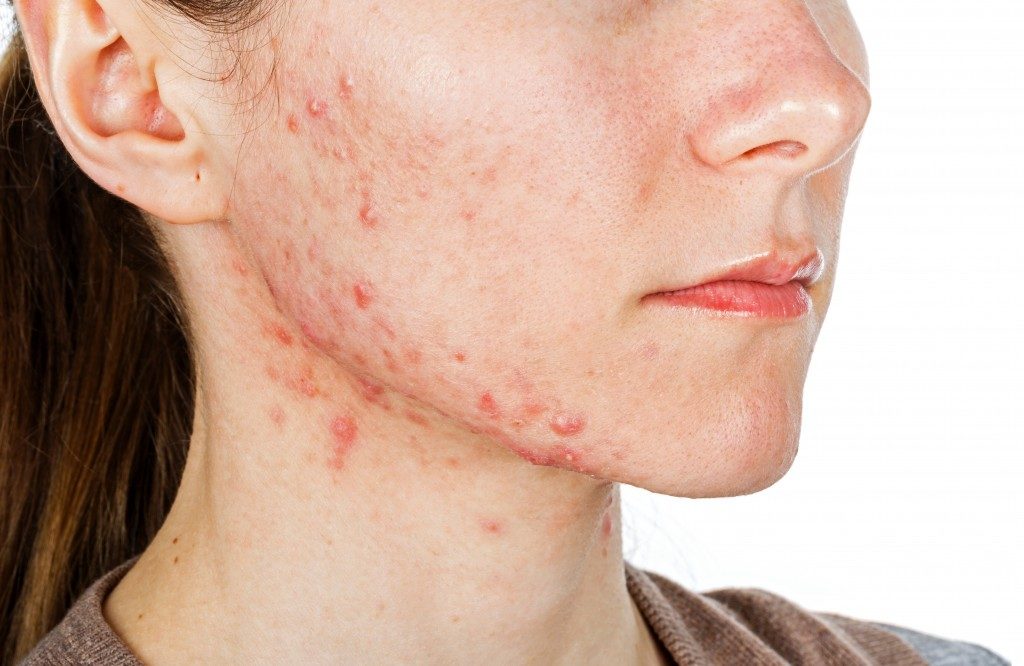According to the National Rosacea Society (NRS), rosacea affects approximately 16 million people in the United States. The most common and obvious symptom of this chronic skin disease is facial redness that’s can typically be treated with medication and certain lifestyle changes. The problem is that rosacea is usually misunderstood mainly due in part because of its symptoms.
Common Symptoms of Rosacea
Although the most common warning sign of rosacea is facial redness or flushness, it can likewise cause eye irritation, thickened skin particularly around the nose, and bumps akin to acne. Dermatologists in Salt Lake City add that most of its symptoms overlap with sunburn, allergic reactions, and acne and this is what makes it difficult to distinguish rosacea from similar skin conditions.
Bumps caused by rosacea are pustules that are reddish and contain pus, which is different from acne-related blackheads and whiteheads that are clogged pores. Redness, especially on the cheeks, is a hallmark of lupus and autoimmune disorder. This redness is due to a rash that’s spread across the nose and over the cheeks and is shaped like a butterfly. This lupus rash, however, also comes with fatigue and chest pain.
Rosacea Risk Factors
While rosacea usually surfaces in middle-aged individuals, it can also manifest in your 20s or 30s. The American Academy of Dermatology (AAD) states that it usually affects individuals with fair skin, blue eyes, and blonde hair. The exact cause of rosacea isn’t clear, but there are certain factors that could exacerbate or trigger it, which includes environmental factors like extreme cold, heat, and sun exposure, genetic factors, stress, and drinking alcohol.
Treatment and Management of Rosacea
 The treatment for rosacea depends on your specific triggers and symptoms. For some people, topical ointments and creams are enough, while some might require antibiotics.
The treatment for rosacea depends on your specific triggers and symptoms. For some people, topical ointments and creams are enough, while some might require antibiotics.
Some individuals can even manage their symptoms just by avoiding their triggers, which can include food like citrus fruits, yogurt, avocado, chocolate, and sour cream. For other individuals, laser surgery is the most suitable option for eliminating redness and dilated blood vessels.
Below are some practical guidelines for managing rosacea symptoms:
- Keep a journal of your symptoms and when they occur to help you determine possible triggers.
- Always wear sunscreen, but stick to those with natural active ingredients like titanium and zinc since chemical filters might aggravate your rosacea.
- Hydration is vital. Ensure that your skin is always hydrated and moisturized, but pay close attention to the ingredients of your serum, essence, cream, or lotion as some ingredients might trigger your symptoms.
- If you’re conscious of your facial redness, green-tinted concealer under concealer that matches your skin tone might help. Make sure to consult your dermatologist, though, especially if you have extremely sensitive skin.
- If you are experiencing depression symptoms, which is surprisingly common among rosacea patients, don’t hesitate to seek professional help.
Having rosacea can be difficult, but you too can manage your condition by figuring out which treatment options are most suited to your case. With the right treatment plan, you can get your symptoms under control.
